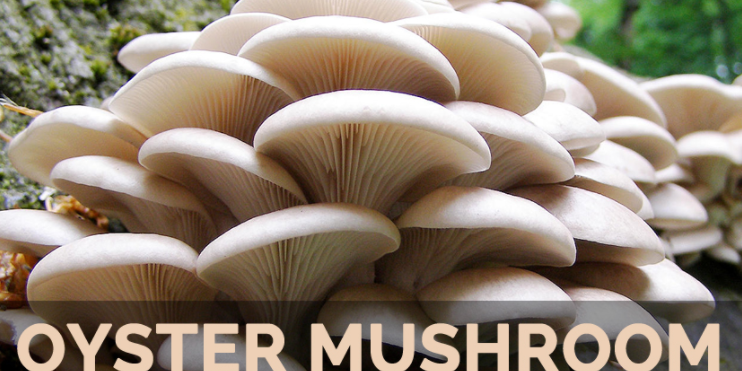Facts About Oyster Mushrooms
Oyster mushrooms are beautiful and delicious indeed. When it comes to the finest exotic mushrooms on the planet Kennett Mushrooms reigns supreme. In honor of our mouth-watering Oyster mushrooms, we have created the below list of facts. We hope you enjoy the facts, then check out our products page and enjoy some of our savory Oyster mushrooms!
 The oyster mushroom is a saprotroph, meaning it feeds on dead and decaying matter (mainly wood).
The oyster mushroom is a saprotroph, meaning it feeds on dead and decaying matter (mainly wood).
- They are found on hardwoods throughout the world in the spring and fall.
- The caps usually range between 5 to 25 cm (2 to 10 inches) and are shaped like a fan or an oyster. The caps are rolled into a convex shape when young and will flatten out and turn up as the mushroom ages. They can be white, yellow, brown, tan, and even pink!
- They have a unique scent that is often described as sweet like anise or licorice (liquorice).
- The latin name Pleurotus ostreatus means “sideways oyster”, referring to the oyster-like shape of the mushroom.
- There are a few closely related species that can be hard to distinguish from oysters. Thus it’s helpful to bring someone knowledgeable when searching for them in the woods.
- The mycelia will kill and eat nematodes (small roundworms) and bacteria, making them one of the few carnivorous mushrooms.
Medicinal Oysters: Cancer and Cholesterol
In addition to helping the environment, oyster mushrooms can help your body as well! So far they seem to have the most promising effect on cholesterol levels and cancer.
 Oysters naturally produce compounds called statins. Statin drugs reduce “bad cholesterol” (LDL) by stimulating receptors in the liver to clear the cholesterol from the body.
Oysters naturally produce compounds called statins. Statin drugs reduce “bad cholesterol” (LDL) by stimulating receptors in the liver to clear the cholesterol from the body.
Studies have shown a link between consuming Pleurotus ostreatus and a lowering of cholesterol levels, no doubt due to the statins they produce. Hopefully future research will reveal exactly how much to eat to get these effects.
As for cancer, research shows a possible anti-tumor effect from polysaccharides in oysters. A polysaccharide is a complex carbohydrate made up of smaller sugar molecules.
Specific polysaccharides, known as beta-D-glucans, are suspected to stimulate the immune system to fight cancer.The beta-D-glucan isolated from oyster mushrooms is called pleuran.
Studies are ongoing into the effects of pleuran for cancer treatment. Eventually I’d like to link to a legitimate human trial, as all those I’ve found so far have used laboratory animals.
Oyster mushrooms are also a popular edible. They have a nutty, subtle flavor that goes well in soups, stews, and sauces.
ortunately Pleurotus ostreatus is one of the easiest species to cultivate. If you’re not into growing your own mushrooms, you can find them in the woods or your local grocery store (where you may see wildlife of a different sort).
If you do plan on finding them in the forest be sure to look on hardwoods (oak, maple, aspen, elm, etc..) anytime from spring to fall. Don’t forget to look up as well. I’ve found them fruiting in a vertical line high up trees as well as at eye level. As always, be sure you know what you’ve picked or double check with someone who does.
Oysters are commonly home to beetles and other bugs so they’ll need to be wiped and cleaned once you bring them home. They dry and reconstitute very well so don’t hesitate to dry them and save some for later!
Use caution if trying them for the first time. Some people are allergic to their spores while others may experience an upset stomach. Try a small amount first to see how your body reacts.
Although they go well in many dishes, the most common way to cook oysters is a simple sautee or stir fry. Brown them in olive oil with herbs and spices of your choice.
Enjoy!






